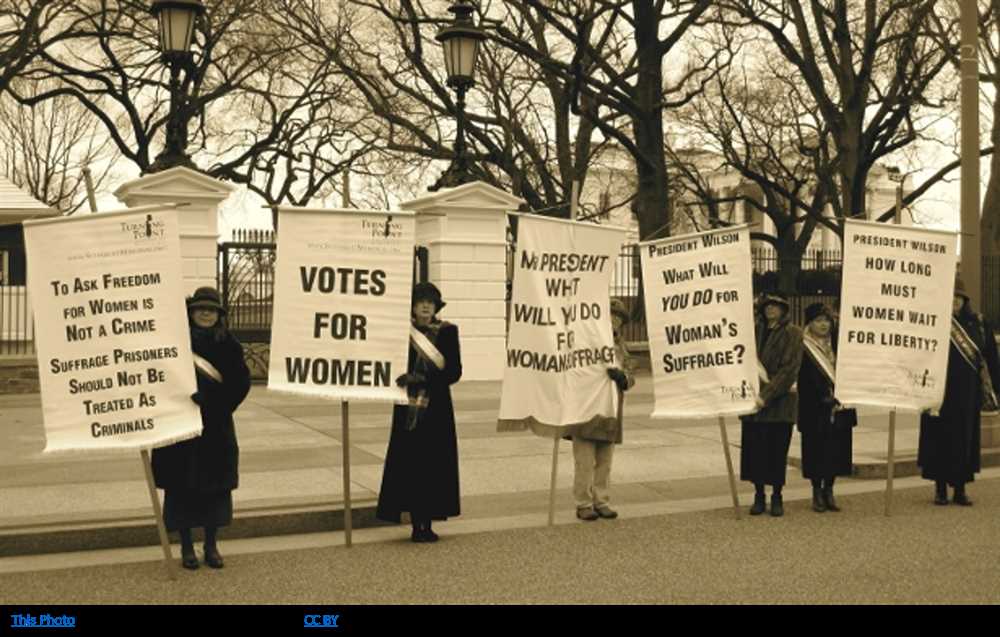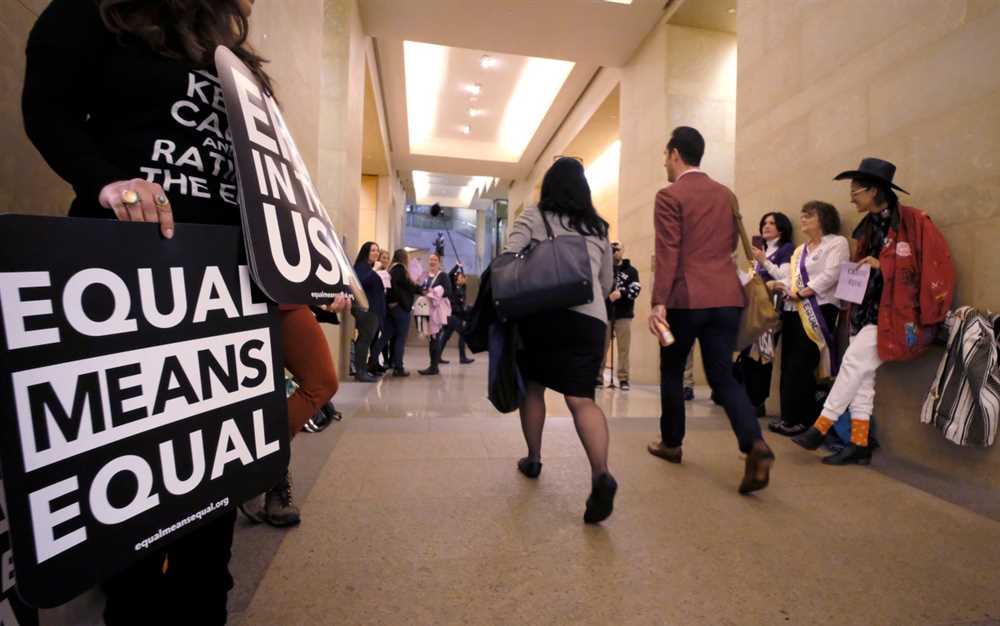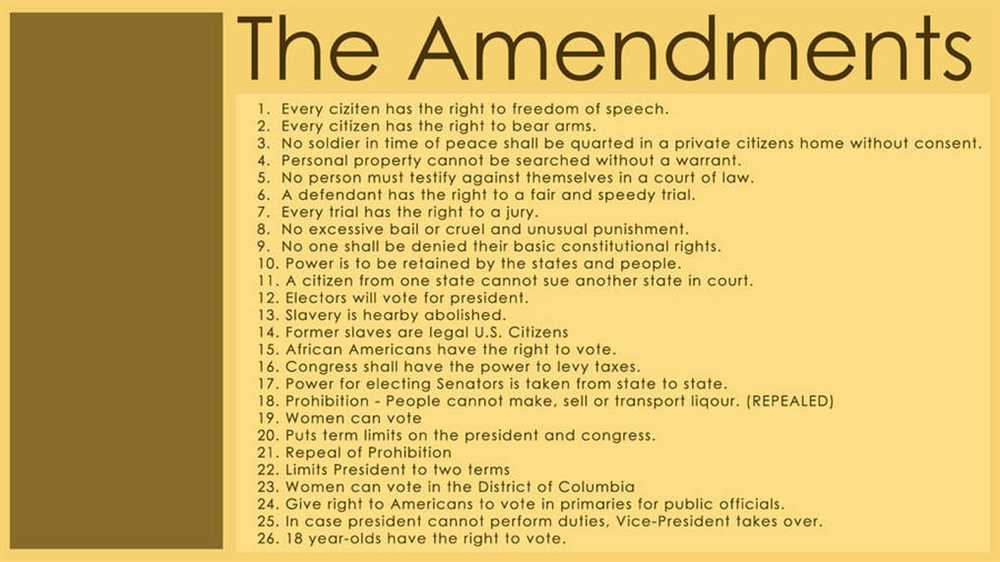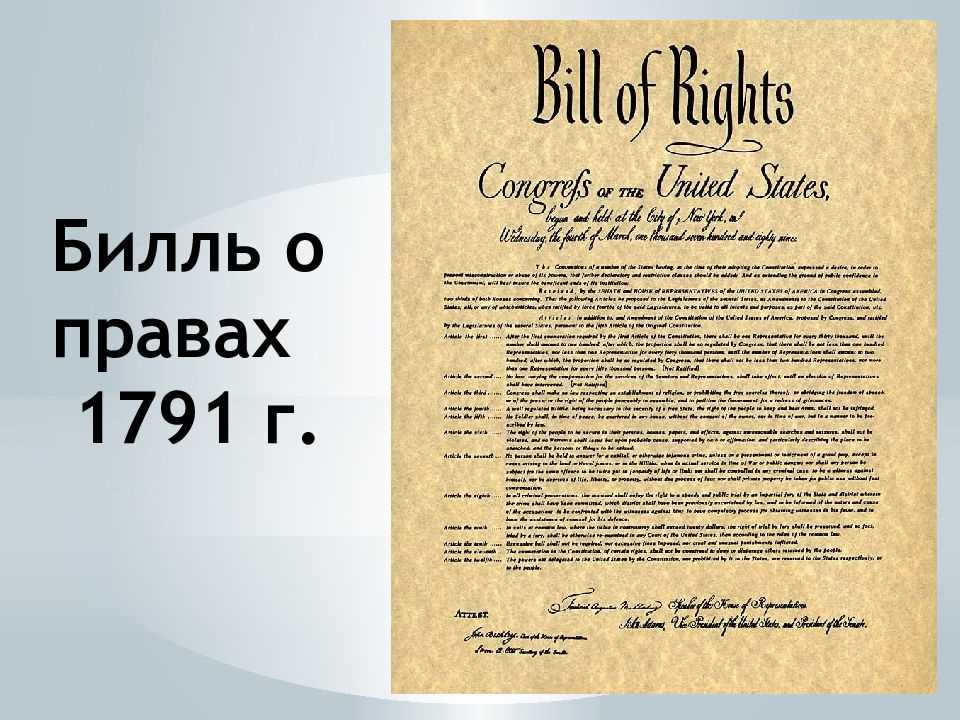
Introduction
The debate surrounding the Equal Rights Amendment (ERA) has been a topic of intense discussion and controversy in recent years. The proposed amendment, which seeks to guarantee equal rights for all Americans regardless of gender, has elicited passionate responses from both supporters and opponents. As the Senate holds hearings to consider the passage of the ERA, it is crucial to carefully examine the arguments presented by experts, activists, and citizens to gain a comprehensive understanding of the potential implications.
Overview of the ERA
The Equal Rights Amendment was first introduced in 1923 and states that “equality of rights under the law shall not be denied or abridged by the United States or by any State on account of sex.” The amendment aims to eliminate gender-based discrimination and provide legal protection for women’s rights. Despite the long history of advocacy, the ERA has yet to be ratified and become a part of the United States Constitution. The ongoing debates on this issue have sparked a deep divide in society, with both sides expressing strong opinions.
Supporters’ Arguments
Proponents of the ERA argue that it is essential for achieving true gender equality in the United States. They assert that the amendment would provide a constitutional guarantee of equal treatment and protection for women, filling the gaps left by existing laws. Supporters argue that the ERA would empower women to challenge discriminatory practices, ensuring that they receive the same rights and opportunities as men. They believe that without the ERA, women’s rights will remain vulnerable to societal biases and limited legal remedies.
Opponents’ Arguments
On the other hand, opponents of the ERA raise concerns about potential unintended consequences. They argue that the amendment could undermine traditional gender roles and have far-reaching implications for society. Some opponents express concerns that the ERA, if ratified, may lead to the elimination of protective legislation designed specifically for women. They believe that existing laws already provide adequate safeguards against gender discrimination and argue that the ERA is unnecessary.
As the Senate hearings on the Equal Rights Amendment get underway, it is crucial for lawmakers and citizens alike to carefully evaluate the arguments put forth by both supporters and opponents. The outcome of these hearings will have significant implications for the future of gender equality in the United States, making it imperative to consider the potential benefits and consequences of ratifying the ERA.
Testimony before the Senate Hearings on the Equal Rights Amendment
In my testimony before the Senate Hearings on the Equal Rights Amendment, I would like to underline the necessity of constitutional protection for gender equality. The Equal Rights Amendment (ERA) is essential to address the persistent gender-based discrimination and ensure equal opportunities for all individuals, regardless of their gender.
The ERA would provide a crucial legal framework for addressing the societal inequalities that women and marginalized communities continue to face. It would send a strong message that gender discrimination is not acceptable in any form, and it would empower individuals to fight against systematic discrimination in all areas of life, including employment, education, and healthcare.
Equal Protection Under the Law
The Equal Rights Amendment seeks to ensure that gender-based discrimination is treated with the same seriousness as other forms of discrimination protected by the Constitution. By explicitly stating that “equality of rights under the law shall not be denied or abridged by the United States or any State on account of sex,” the ERA would provide a clear mandate for lawmakers, judges, and other decision-makers to uphold equal protection for all individuals, regardless of their gender.
Addressing Intersectional Discrimination

The ERA is particularly important in addressing intersectional discrimination, which refers to the multiple and overlapping forms of discrimination that individuals may face due to the intersection of various aspects of their identity, such as race, gender, and socioeconomic status. By recognizing the unique experiences of marginalized communities, the ERA can help dismantle systemic barriers that perpetuate inequality and ensure that all individuals have an equal opportunity to thrive.
Conclusion
In conclusion, the Equal Rights Amendment is a necessary and crucial step towards achieving true gender equality in the United States. It would provide a strong legal foundation for combating gender-based discrimination and would send a powerful message that every individual, regardless of their gender, deserves equal rights and opportunities. I urge the Senate to support and pass the ERA to ensure a more just and inclusive society for all.
The History and Purpose of the Equal Rights Amendment
The Equal Rights Amendment (ERA) is a proposed amendment to the United States Constitution that seeks to guarantee equal rights for all citizens regardless of sex. The amendment was first introduced in Congress in 1923 by Alice Paul, a women’s rights activist and suffragist. The purpose of the ERA is to provide a constitutional guarantee that women have the same legal rights as men, addressing the existing disparities in both law and practice that often favor men.
The history of the ERA dates back nearly a century, reflecting the long-standing struggle for gender equality in the United States. Despite women’s significant progress in various social and economic spheres, they continue to face discrimination and unequal treatment under the law. The ERA aims to rectify this by explicitly stating that equality of rights shall not be denied or abridged on the basis of sex.
Main provisions of the Equal Rights Amendment:

- The ERA declares that “equality of rights under the law shall not be denied or abridged by the United States or any State on account of sex.”
- It provides a constitutional foundation for lawsuits against gender-based discrimination and ensures that such cases are subject to heightened scrutiny by the courts.
- The amendment would require any law or government action that treats men and women differently to meet a strict standard of review, ensuring that gender-based classifications are necessary and serve a compelling government interest.
- The ERA would have broad implications in various areas, such as employment, education, healthcare, and family law, aiming to eliminate gender-based discrimination and promote gender equality across all aspects of society.
Supporters argue that the ERA is necessary to address the continued obstacles faced by women in achieving true equality. They believe that the amendment will provide a clear and enforceable constitutional protection against sex discrimination, reinforcing the principle of equal rights for all individuals. Conversely, opponents raise concerns about potential unintended consequences and believe that the ERA could have adverse implications for various aspects of gender-specific legislation and regulations.
In conclusion, the Equal Rights Amendment represents a significant effort to advance gender equality and address the persistent inequalities faced by women. It seeks to establish equal rights under the law for all citizens, regardless of sex, and provide a constitutional framework for combating gender-based discrimination. The ERA continues to be a topic of debate and discussion, as supporters and opponents weigh the potential impact and implications of this proposed constitutional amendment.
The Debate Surrounding the Equal Rights Amendment
The Equal Rights Amendment (ERA) has long been a topic of heated debate, raising questions about gender equality and the role of government in ensuring equal rights. Proponents argue that the ERA is necessary to provide constitutional protection against gender discrimination, while opponents express concerns about potential unintended consequences and the infringement on states’ rights.
Supporters of the ERA believe that it would provide a crucial safeguard against discrimination based on gender. They argue that while significant progress has been made in advancing women’s rights, there are still disparities and loopholes that require constitutional measures. The ERA would provide a clear and consistent standard for evaluating laws that may disproportionately affect women, ensuring that they are afforded equal opportunities and protections.
Opponents of the ERA often raise concerns about potential unintended consequences. They argue that the ERA could have far-reaching effects on various areas of law, including family law, alimony, and military service. Additionally, critics argue that the ERA could undermine certain laws that are specifically designed to address women’s unique needs and circumstances. Some opponents also emphasize the importance of preserving states’ rights, arguing that the ERA could erode the ability of individual states to enact and enforce their own laws related to gender equality.
In conclusion, the debate surrounding the Equal Rights Amendment revolves around questions of gender equality, individual rights, and the role of government. While supporters argue that the ERA is necessary to ensure equal protection under the law, opponents express concerns about unintended consequences and potential infringement on states’ rights. The decision on whether to ratify the ERA remains a contentious issue, requiring careful consideration of these complex factors.
Impact of the Equal Rights Amendment on Women’s Rights

The Equal Rights Amendment (ERA) is a proposed constitutional amendment that aims to guarantee equal rights for all citizens regardless of their sex. If ratified, the ERA would have a significant impact on women’s rights by providing a clear and enforceable legal framework for gender equality. This would help address the persistent gender-based discrimination and inequities that women face in various aspects of life, including employment, education, and healthcare.
Eliminating Workplace Discrimination: One of the key benefits of the ERA is its potential to eliminate workplace discrimination against women. By ensuring that women are treated equally in the workforce, the amendment would prohibit any employer from discriminating against employees based on their sex. This would help women gain better access to job opportunities, promotions, and equal pay, thus narrowing the gender wage gap and advancing women’s economic empowerment.
Strengthening Legal Protections: The ERA would strengthen legal protections for women by making gender a suspect classification, similar to race or religion, in the eyes of the law. This heightened scrutiny would require courts to carefully examine any laws or policies that treat women differently from men, ensuring that they meet a high standard of justification. The amendment would also provide a strong legal basis to challenge discriminatory practices and laws that perpetuate gender-based stereotypes and prejudices.
- Promoting Gender Equality in Education: The ERA would have a transformative effect on women’s access to education. It would prohibit gender-based discrimination in educational institutions, ensuring that girls and women have equal opportunities to pursue their educational goals. By removing barriers and biases, the amendment would encourage more women to participate in traditionally male-dominated fields and empower them to reach their full potential.
- Protecting Reproductive Rights: The ERA would provide constitutional protection for women’s reproductive rights. It would strengthen the legal foundations for reproductive health and freedom, ensuring that women can make decisions about their own bodies without interference from the government or other individuals. This would help secure access to essential reproductive healthcare services, such as contraception and abortion, and protect women’s autonomy and bodily integrity.
In conclusion, the Equal Rights Amendment has the potential to significantly impact women’s rights by promoting gender equality, eradicating discrimination, and strengthening legal protections. By enshrining equal rights for women in the Constitution, the ERA would create a more just and inclusive society that values the contributions and experiences of all individuals, regardless of their sex. It is crucial for the ERA to be ratified to ensure that women’s rights are fully protected and respected under the law.
Opposition to the Equal Rights Amendment

There are several strong arguments against the Equal Rights Amendment (ERA). One of the main concerns raised by opponents is the potential erosion of traditional gender roles and family values. They argue that the ERA would eliminate any legal distinction between men and women, leading to unintended consequences in areas such as marriage, divorce, child custody, and alimony.
Opponents also assert that the ERA would undermine protective legislation for women in the workforce. They contend that the amendment would nullify laws that provide special benefits or accommodations for pregnant women, such as maternity leave and breastfeeding breaks. According to these opponents, the ERA’s broad language could have unintended consequences, removing important protections that women have fought for.
Furthermore, some opponents believe that the ERA would encroach on states’ rights. They argue that the amendment would transfer power from state legislatures to the federal government, limiting the ability of individual states to tailor their laws and policies to the unique needs and values of their communities. This concern extends to areas such as education, healthcare, and social welfare programs.
Another argument against the ERA is the potential impact on religious liberties. Critics worry that the amendment could be interpreted in ways that infringe upon religious beliefs and practices, particularly regarding issues such as abortion and same-sex marriage. These opponents argue that the ERA could pave the way for lawsuits and legal challenges against religious institutions that maintain traditional views on gender and family.
In summary, the opposition to the Equal Rights Amendment is based on concerns about the potential erosion of traditional gender roles and family values, the elimination of protective legislation for women, encroachment on states’ rights, and potential infringement on religious liberties. These arguments highlight the complexities and debates surrounding the ERA and its potential impact on society.